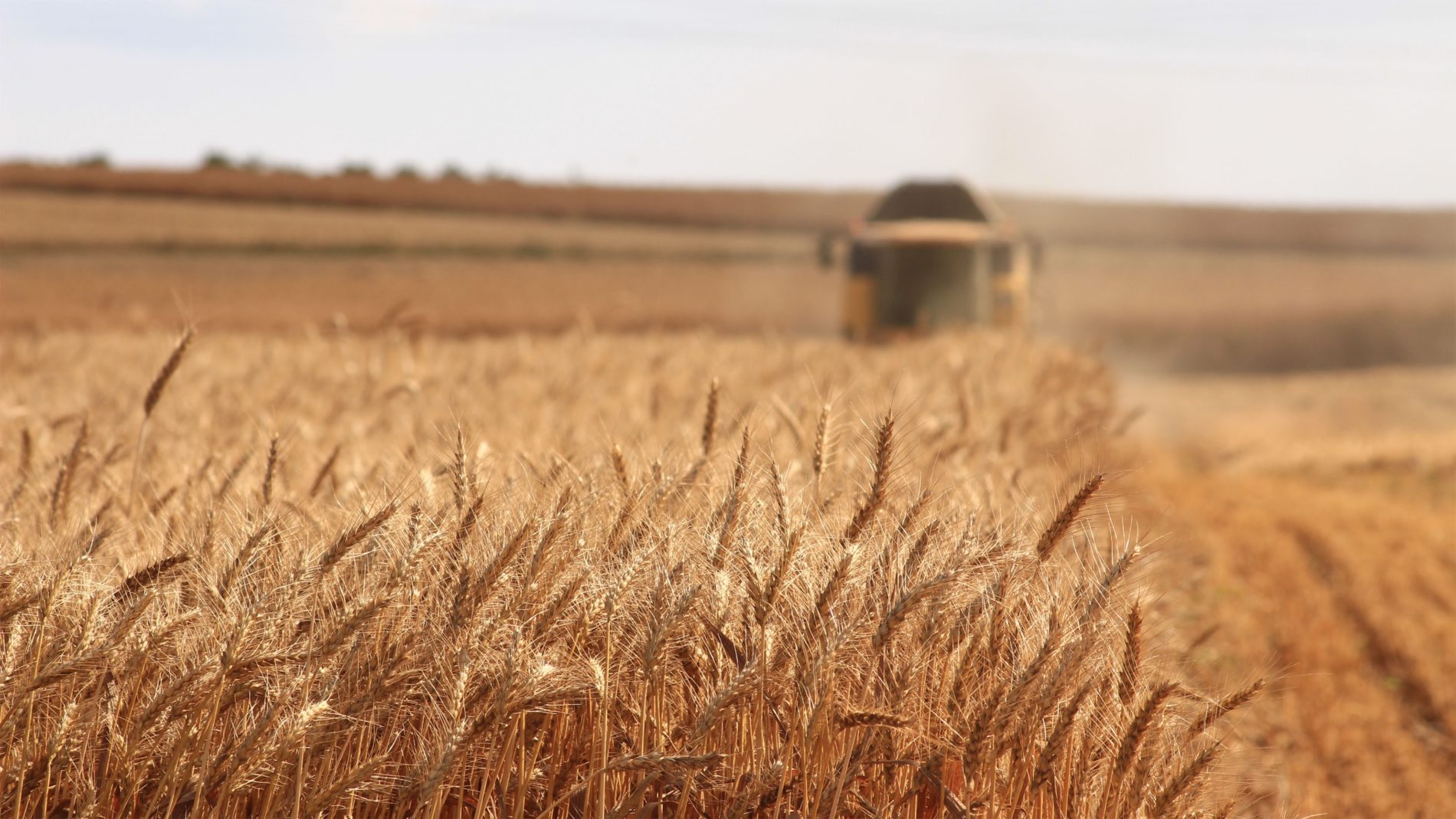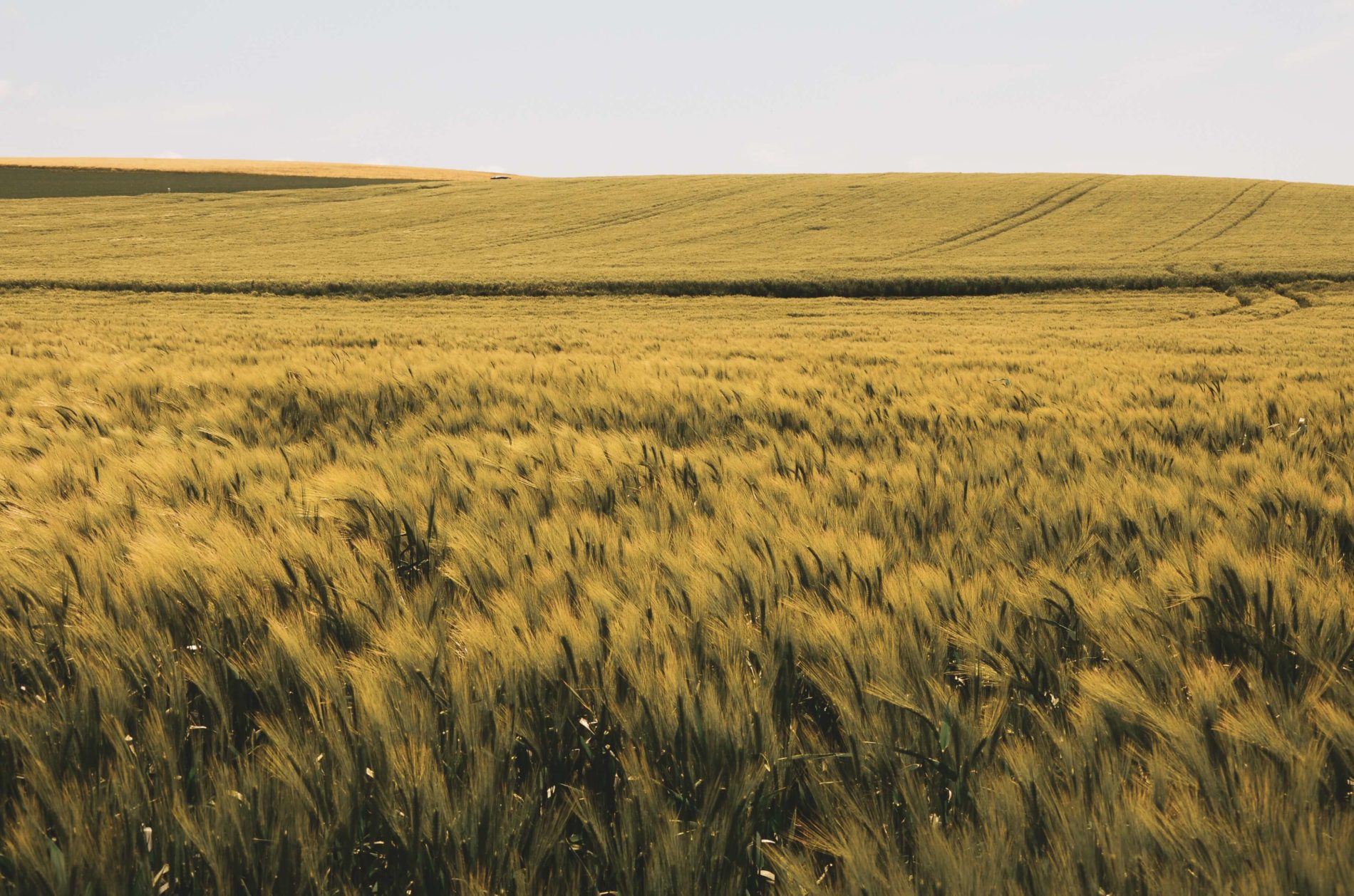Just about everyone agrees that sustainable agriculture is crucial for the future, especially given that the world’s population is expected to grow while the size of the planet will not.
While we have a broad consensus on what sustainable agriculture is, we still lack the way to measure it. That will soon change, thanks to the development of an SDG indicator that now operationalizes it.
There has been considerable discussion over the past 30 years on the definition and measurement of sustainable agriculture. There is no doubt that agriculture contributes to development – as an economic activity, as a source of livelihood and as a provider and user of environmental services. According to the 2030 Agenda for sustainable development, the performance of all sectors, including agriculture, need to be assessed against the three dimensions of sustainability: economic, social, and environmental.

Going back as far as 1988, sustainable agriculture has been defined as “the management and conservation of the natural resource base, and the orientation of technological and institutional change in such a manner as to ensure the attainment and continued satisfaction of human needs for present and future generations. Such development conserves land, water, plant and animal genetic resources, is environmentally non-degrading, technically appropriate, economically viable and socially acceptable.” Up until now, however, there has been no internationally agreed method to measure it.
The SDG process gave the opportunity to develop a commonly accepted measurement method. SDG Target 2.4 requires that by 2030, countries “ensure sustainable food production systems and implement resilient agricultural practices that increase productivity and production, that help maintain ecosystems, that strengthen capacity for adaptation to climate change, extreme weather, drought, flooding and other disasters and that progressively improve land and soil quality.”
During its recent meeting in early November 2018, the Inter-agency and Expert Group on SDG Indicators (IAEG-SDGs), the body that governs the SDG monitoring process, endorsed the methodology that the Food and Agriculture Organization has developed through an international and multistakeholder process to monitor progress towards Target 2.4.

This is how the SDG indicator 2.4.1 came to life. It is defined as the “percentage of agricultural area under productive and sustainable agriculture.” FAO as the custodian U.N. agency has been working together with experts from NSOs, international organizations, civil society and the private sector to develop the methodology and build support for this important indicator. Many experts have contributed to the process. The goal was to make sure the indicator was owned by all key stakeholders, especially by the national statistics offices in countries who will be responsible for implementing programmes and reporting on progress towards the SDGs.
Representing the multidimensional nature of sustainable agriculture, the indicator is defined across the three dimensions of sustainability. It captures the main issues that are expressed in SDG target 2.4: resilience, productivity, ecosystem maintenance, adaptation to climate change and extreme events, and soils.
There are 11 themes and associated sub-indicators that form the basis of the indicator. They include land productivity (farm output value per hectare), profitability (net farm income), resilience risk (mitigation mechanisms), soil health (prevalence of soil degradation), water use (variation in water availability), fertilizer (pollution risk and management of fertilizers), pesticide risk (management of pesticides), biodiversity (use of biodiversity-supportive practices), decent employment (wage rate in agriculture), food security (food insecurity experience scale), and finally, land tenure (secure tenure rights to land) as a sub-indicator.

In order to capture the concept of continuous progress towards sustainability, a traffic light approach has been developed, in which three sustainability levels are considered for each sub-indicator against the percentage of agricultural area: green implies the level is desirable, red highlights a range of unsustainability, and yellow is an acceptable level in between on which progress can be made. The results are presented in a dashboard that allows for a quick understanding of the major sustainability issues that a country faces.
This indicator is scale-independent. It can be used to understand progress towards sustainable agriculture at national or regional level, at the level of a village or a community, or even at farm level, thus contributing to promoting the integrated approach to sustainable agriculture.
With 815 million people still hungry in the world and the additional pressure to feed a population of 9.7 billion by 2050, and the same amount of land in the world to support it, a transformative change towards sustainable agriculture is a must. With SDG indicator 2.4.1, there will now be a way to monitor the success in this direction.










